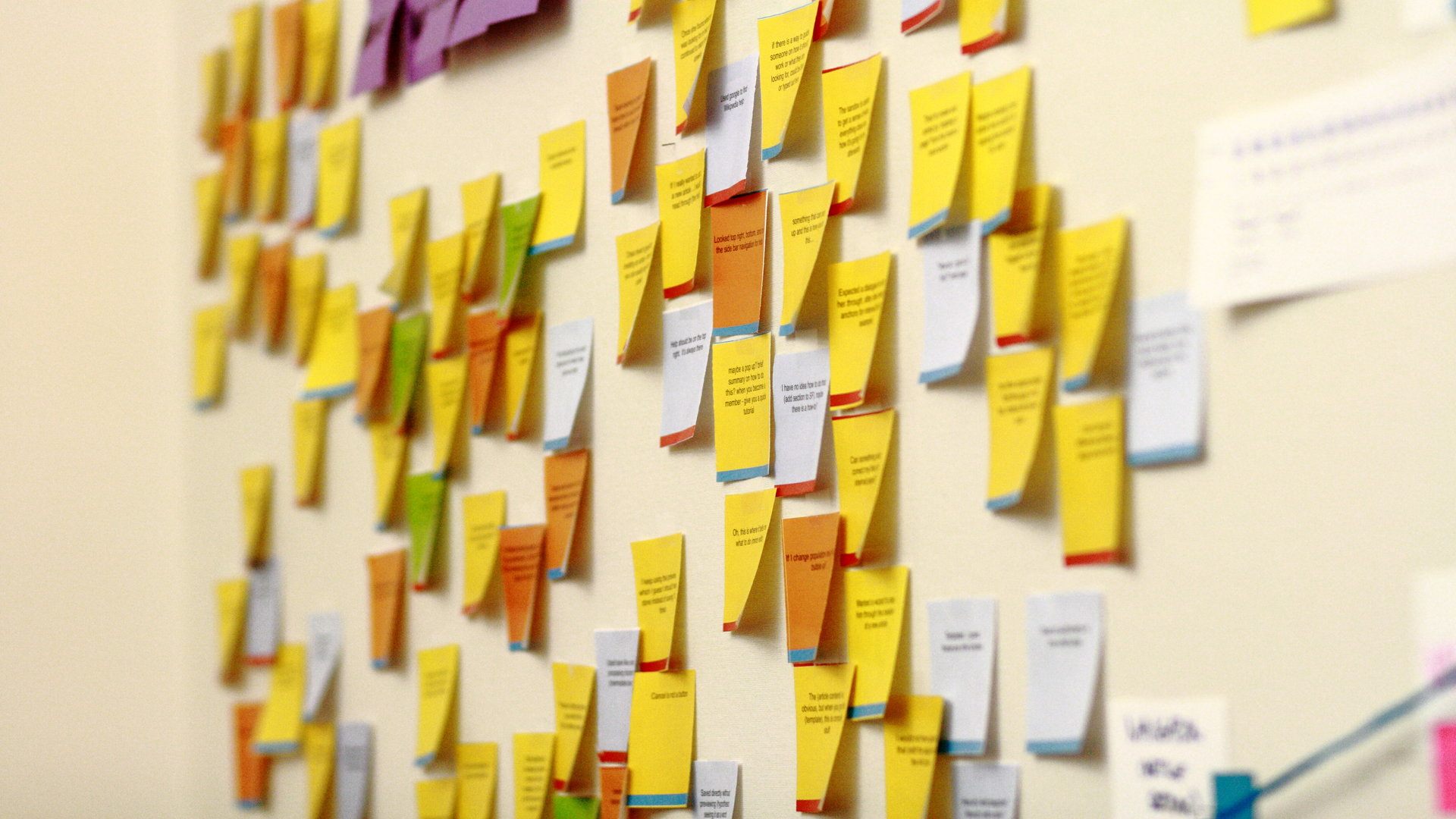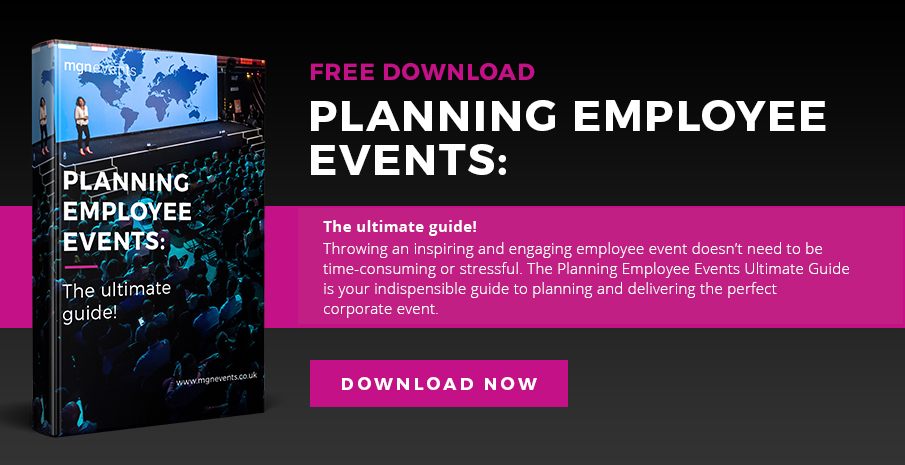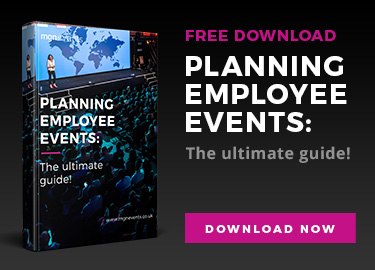The traditional conference has followed a tried and tested format for many, many years. One might argue that there is no reason to stray from a format that works, but since the late 90s there has been a quiet revolution in the conferencing world – and the unconference is gaining more and more interest and momentum.
So what happens at an unconference?
An unconference is an event totally driven and shaped by the participants. There is no pre-determined agenda, no lectures from keynote speakers. It’s all about collaboration, peer-to-peer learning, creative thinking around key issues and active discussion of hot topics. An unconference puts the participants in charge, which gives them the opportunity to focus on what really matters to them – it’s a far cry from the passive attendance at a typical conference, which makes the whole concept so exciting and inspiring! In many ways, it’s a concept that builds on the way in which we communicate today. Social media has allowed ‘conversations’ to happen on a scale never previously experienced, and technology has paved the way for people to collaborate. An unconference encourages that interaction – whether it’s a show and tell demonstration, sharing best practice or challenging people to find a solution to a problem.
The unconference format
The beginning of an unconference is key to how the rest of the event will run. Attendees are invited to put forward their ideas for sessions and the schedule will then evolve. Allow 1-1.5 hours for sharing ideas and organising the sessions. Depending on the ratio of session ideas and available slots, the final selection may have to be put to the vote. But even ideas that only garner limited interest can still be facilitated – it may just have to be over a coffee in a quiet corner. Participants are then free to decide which sessions are relevant or most interesting to them – inevitably, some will be better attended than others but quality is more important than quantity at an unconference. A few people who are actively engaged in a session will achieve or learn far more than a room full of people who feel obliged to show their faces. Naturally, refreshments and sustenance still play an important part, so lunch and morning and afternoon breaks need to happen!
How to prepare for an unconference
Choosing a suitable venue will be key. You’ll need somewhere where everyone can meet at the beginning to plan the sessions and a number of smaller rooms and break-out spaces for the various sessions. Rooms with flexibility to quickly change the layout are really useful because changes can then be made according to the type of session. Whiteboards, A/V equipment, flipcharts and marker pens are all useful items to make available for each session.
Each session will need a coordinator to keep things moving along and ensure the session is wrapped up in time for the next to begin. Someone will also need to keep notes of the discussion for circulation post-unconference.
Does technology have a role to play at an unconference?
Interestingly, whilst we have found many ways of creatively embracing technology for a wide range of our corporate events, such as apps and gamification and high-tech graphics and live feeds, unconferences appear to work better by going back to basics – mainly due to the organic way in which an unconference takes shape.
Because nothing is formally planned ahead of the event, the agenda for an unconference is a moveable feast and pen and paper are the tools of choice. It means big sheets of paper taped to a wall, post-it notes for session topics, and a bit of juggling to make everything fit – it sounds a bit Blue Peter but it works. It could, of course, be only a matter of time before technology is introduced and we’ll be keeping a close eye on any trends that emerge.
That said, technology definitely has a role to play in promoting the unconference and raising awareness. Whilst an unconference seems to be a ‘carte blanche’ set-up you may also want to consider suggesting themes that might prompt ideas. Basically, you want participants to come armed with ideas, maybe even with a short PowerPoint presentation on a particular topic, so alerting people to this ahead of the event is crucial – send those emails, take to Twitter, create a buzz, however, you can!
Intrigued by the thought of running an unconference? We can help you with any and all aspects of the planning and management of your unconference – from finding the ideal venue, supplying A/V equipment or even keeping things running smoothly on the day.
Fill in our contact form below to talk about your next conference.





